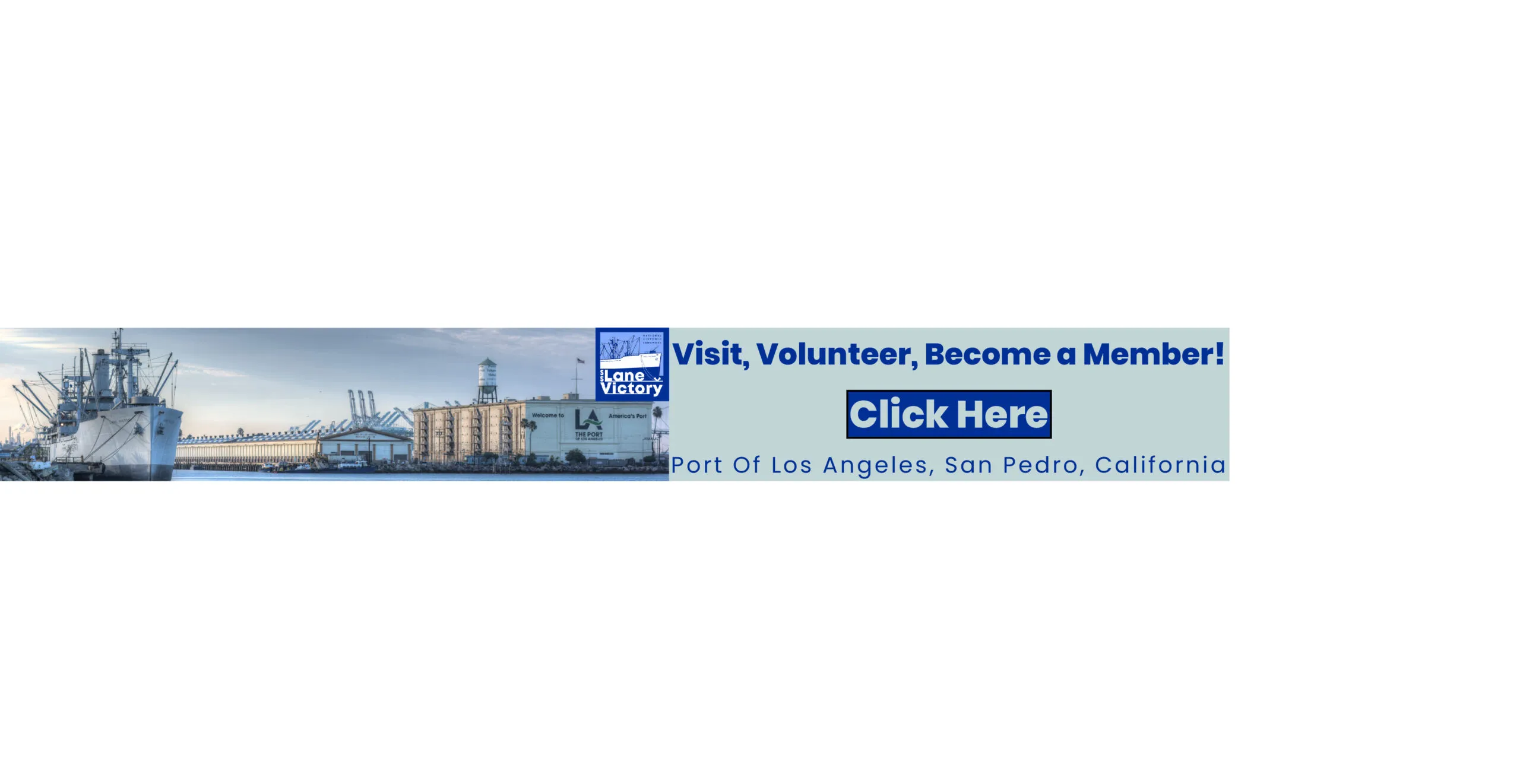
Union Remembers Fallen Workers in Ceremony and Struggle
On May 15, the ILWU Locals 13, 63 and 94 showed up at John S. Gibson Park to remember Dickie Parker and John Knudsen, two longshore workers who had been martyred and more than a hundred others who died on the waterfront doing their job since the founding of the ILWU in 1934.
Greg Mitre served as the master of ceremonies in place of Local 13 president Gary Herrera.
Mitre said the presidents of Locals 13, 63 and 94 weren’t there that day because they’re in San Francisco in arbitration regarding a safety issue at a terminal at the Port of Los Angeles.
“That puts our members in peril and it’s a safety issue,” Mitre said. “It was so important that we’ve taken it to the coast arbitrator, which means that it will have coast implications. And once implemented, it will be implemented coastwise.”
Councilman Tim McOsker expressed deep gratitude and humility for being included in the First Blood event. Reflecting on his family’s union roots and his appreciation for the sacrifices made by workers — especially those who lost their lives in early labor struggles — he acknowledged the ongoing fight for dignity, safety, and fair treatment, now waged in boardrooms instead of the streets. He credited union leaders for equipping him with the knowledge to advocate effectively for working families. McOsker emphasized the vital role labor plays in securing livelihoods and concluded by likening Jesus to a unionist who led a movement that changed the world.
Dickie Parker and John Knudsen were the first workers killed during the lead-up to the 1934 West Coast general strike, marking the beginning of violent clashes in a historic labor movement. Before 1934, longshoremen lacked strong union representation, with company-controlled unions dominating after World War I.
However, the 1933 National Industrial Recovery Act sparked a surge in union membership and renewed demands for fair labor conditions, including a closed shop, union hiring halls and a coastwide contract.
Employers refused these demands, insisting on an open shop, and proposed arbitration under that condition, which the longshoremen rejected. This led to widespread slowdowns, though workers in Los Angeles and Long Beach were criticized for not striking hard enough. In response, around 300 local dockworkers rallied at Point Fermin and later confronted strikebreakers at Pier 146, where Parker and Knudsen were fatally shot by employer-hired guards.
Their deaths symbolized the beginning of the strike’s violent phase, which soon spread to San Francisco and Seattle. Though others died later, Parker and Knudsen’s deaths marked the “first blood” of the struggle — a fact remembered with pride by the local labor community for their sacrifice in a pivotal moment for union rights on the West Coast.
To commemorate the spilling of that first blood, a ceremonial piper performed Flowers of the Forest. The honor guard from VFW Post 2967 lead by quartermaster Carlos Portillo lead the pledge of allegiance in full regalia and ILWU pensioner and poet laureate, Jerry Brady, read one of his poems, First Blood. The event was capped by the release of a dozen white doves in honor of the dead and bacon-wrapped hotdogs and soft drinks for everyone in attendance.


